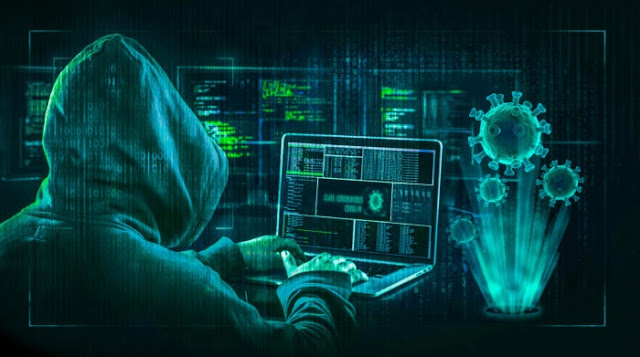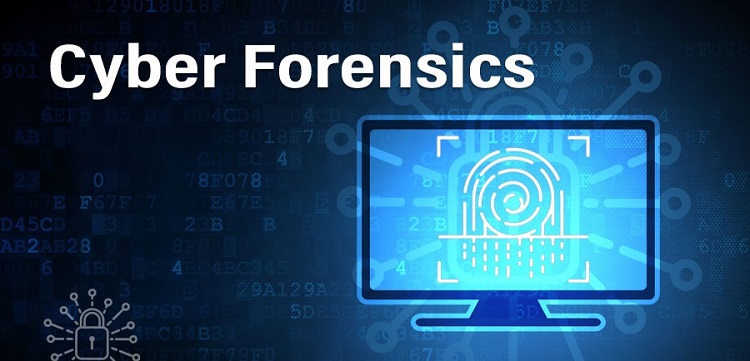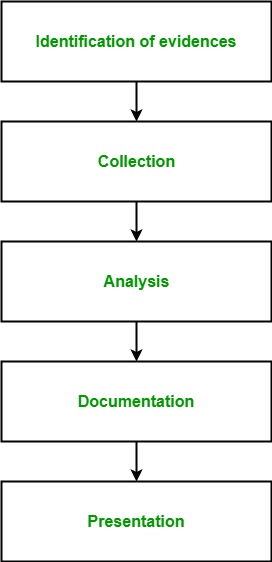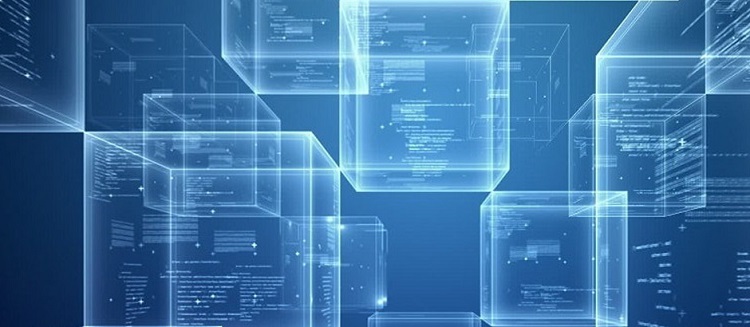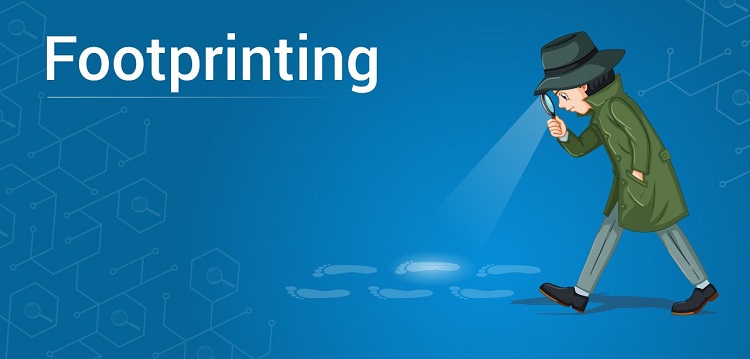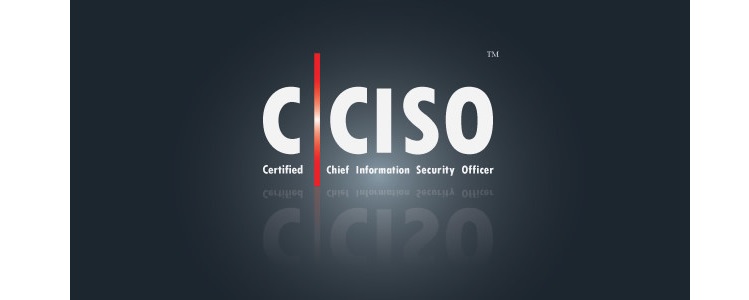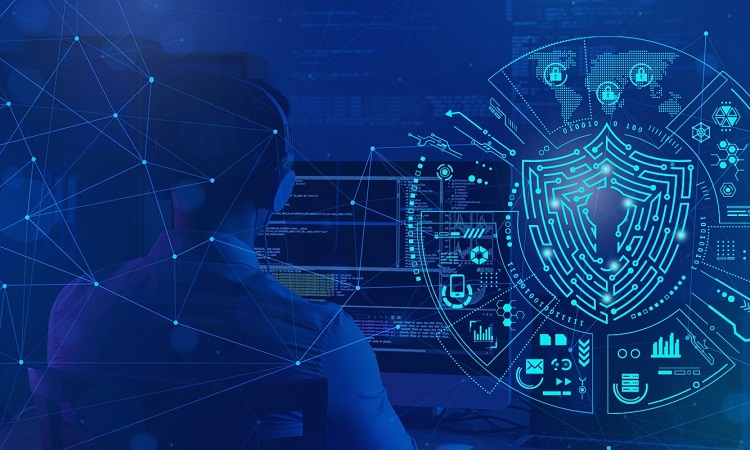Cyber Security is the practice of Protecting computers, mobile devices, Servers, electronic Systems, networks, and data from malicious attacks. It’s also known as Information Security (INFOSEC) or Information Assurance (IA), System Security. Cyber Security is important because the government, Corporate, medical organizations collect, military, financial, process, and store the unpreceded amount of data on a computer and other property, personal information, or exposure could have negative consequences.
Cyber Security proper began in 1972 with a research project on ARPANET (The Advanced Research Projects Agency Network), a precursor to the internet. ARPANET developed protocols for remote computer networking. Example – If we shop from any online shopping website and shared information like email id, address, and credit card details as well as saved on that website to enable a faster and hassle-free shopping experience then the required information is stored in server one day we receive an email which state that the eligibility for a special discount voucher from XXXXX (hacker use famous website Name like Flipkart, Amazon etc.) website in order to receive the coupon code, and we will be asked to fill the details then we will use saved card account credentials. Then our data will be shared because we think it was just an account for the verification step then they can wipe a substantial amount of money from our account.
That is why Cyber Security provides Service as a Security Gate-Way to make information more Secure, in today’s time hackers are advance we can’t surely say the data store in my Devices is safe or not by outside threats. With Cybercrime increasing at a rapid pace, it’s crucial to have Cyber Security in place of personal life and our Business.
Types of Cybersecurity :
1. Application Security –
1.1 Most of the App that we use in our Cell-phone are Secured and work under the rules and regulations of the Google Play Store.
1.2 There are 1.85 million different apps are available for users to download. Now when we have different choices then this does not mean that all apps are safe.
1.3 Many of the apps pretend to be safe but after taking all information from ours, the app users to share information in money to the 3rd-party as well app stop working suddenly this comes under Cyber attack.
1.4 The app must be installed from a trust-worthy platform, not from Google Chrome.
2. Network Security –
2.1 Guard your internal network against outside threats with increased network security.
2.2 Some times we used to utilize free Wi-Fi on public area such as cafe, Malls, etc., by this activity 3rd Party start tracking your Phone over the internet that time if you are using any payment gateway then our bank account can be Empty.
2.3 So, avoid using Free Network because free network Doesn’t support Securities.
3. Cloud Security –
3.1 Cloud base data storage has become a popular option over the last Decade due to it enhance privacy as well saving data on cloud make it excess able from any device but need correct authentication.
3.2 Some Famous platforms are Google Drive, Microsoft Cloud, Dropbox, etc.
3.3 These platforms are free to some extent, if we want to save more data than we have to pay.
3.4 ASW is also a new Technique that helps to run your business over the internet provides security to your data
4. Mobile Security –
4.1 Mobile is the very common gadgets we use daily, everything we excess is by mobile phone online class then the mobile phone, Call to the client then the mobile phone, sending money need a mobile phone and many more.
4.2 The mobile phones made our life so easy only by single touch we can be excess news from another country. Then this mobile phone must come under all security patches.
4.3 We must lock all the payment applications by phone in-built app as well never share your phone password except your family.
The importance and challenges of Cyber Security :
Cyber security is important in any organization no matter how big or small is the organization. Due to increasing technology and increasing software across various sectors like government, education, hospitals etc., the information is becoming digital through wireless communication networks.
The importance of cyber security is to secure our data of various organizations like email, yahoo, etc. which have extremely sensitive information that can cause damage to both our reputation. Attackers target both small and large companies and obtain their important documents and information.
There are few reasons why it is important which are as follows:
1. Cyber security is on rising –
There are 4000 roughly cyber attacks every day. One of the reasons why cyber crime is increasing is because it is cheap, fast, and highly profitable compared to other types of crime which is why cyber criminals are headed.
2. Damage is significant –
Cyber crime can cost organizations can cause millions of dollars in damage. But it is not just about financial costs it can also damage reputations. Their ability to business and sometimes even compromises the physical safety and health of employees, patients, customers, and others.
3. Cybersecurity builds trust –
Cybersecurity affects trust with customers and employees. When people feel that their information is being properly secured and kept private. They began to lose trust in the brand the product, and the services.
4. Our identities protect our data –
User identity now protects billions of points of data. This is the data we are transmitting at work data from the internet of things, devices or a coffee maker or the printers we use and our personal information as more of our data is becoming digitized. Security of these identities helps to reduce the risk of cybercrime to organizations and to individuals alike.
5. Every organization has vulnerabilities –
As organizations evolve, merge, and grow over time their networks and systems naturally get more complicated and things may slip through the cracks. Additionally, end-users can often be the weakest link in an organization’s security, and that requires the organizations to put robust security and compliance protection in place. We should all care about cybersecurity.
Cyber-attack :
A cyber-attack is a deliberate attempt by external or internal threats or attackers to exploit and compromise the integrity and confidentiality of the information system of a target organization.
Cyber-attacks come in a wide variety and the following list highlights some of the important ones that criminals and attackers use to exploit software:
1. Malware
2. Ransomware
3. Injection attacks
4. Session management and Man-in-the-Middle attacks
5. Phishing
6. Denial of service
7. Privilege escalations
8. Unpatched/Vulnerable software
Source: geeksforgeeks.org

